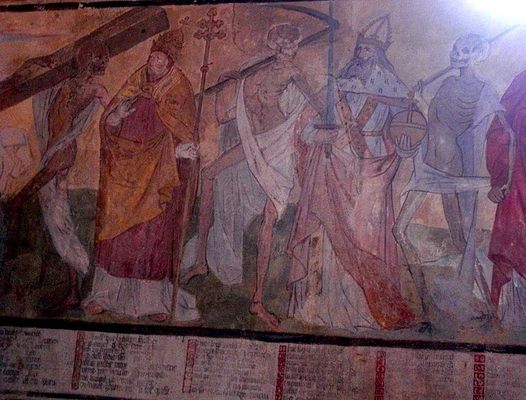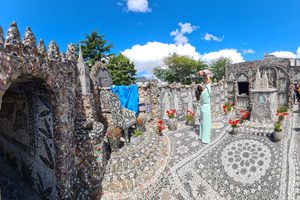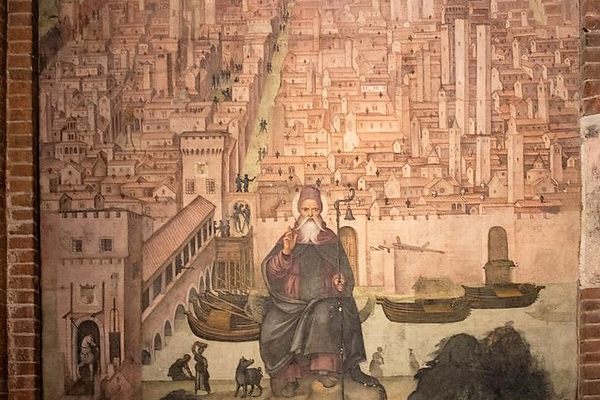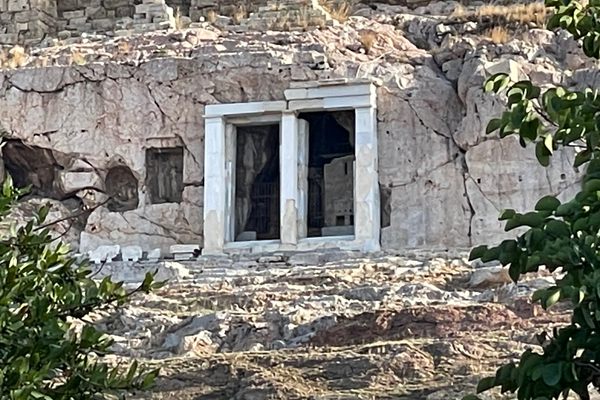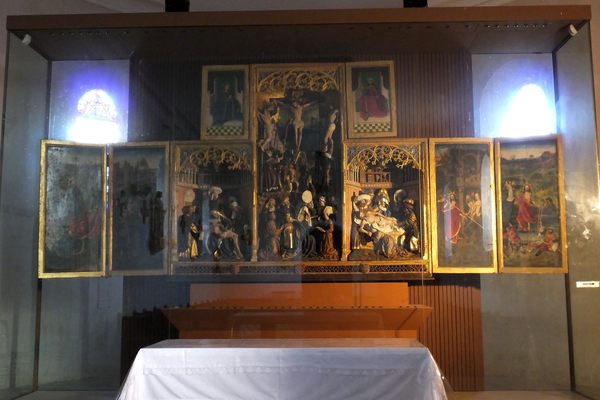About
On the walls of the church of L'église Saint-Orien de Meslay-le-Grenet, a fresco portrays an army of grinning cadavers, wielding bladed scythes and swords merrily as they apprehend a cross-section of medieval society—regardless of their social class. The grim figures beckon them with skeletal hands to the Danse Macabre.
Portrayed among the "invited dancers" are stoic knights, stolid peasants, arrogant princes and kings, pious bishops, noblewomen dressed in their finery, pretentious horseriding aristocrats, wealthy merchants, and even babies in their cradles.
The Danse Macabre of the church of L'église Saint-Orien de Meslay-le-Grenet is believed to have been created during the 15th-century, although the artist/artists who painted the fresco are unfortunately unknown.
There would have been plenty of morbid inspiration for the artist to draw from to complete this gothic masterpiece. The 15th-century was a desperately dark period in France's history, one marred by warfare and plague.
Nevertheless, the grim aesthetics of this medieval period were apparently not appreciated in later centuries, and the Danse Macabre of L'église Saint-Orien de Meslay-le-Grenet was covered in the early 18th-century.
During the second half of the 19th-century, cracks in the plaster covering revealed the hidden murals that led to their restoration.
Today, curious visitors to the church of Saint-Orien de Meslay-le-Grenet can appreciate the gothic beauty of the Danse Macabre, a timely reminder of our human mortality.
Related Tags
Know Before You Go
The church is open on most days and there is no entrance fee although a donation of €3 euros is recommended for visiting groups.
Community Contributors
Added By
Published
November 2, 2021

